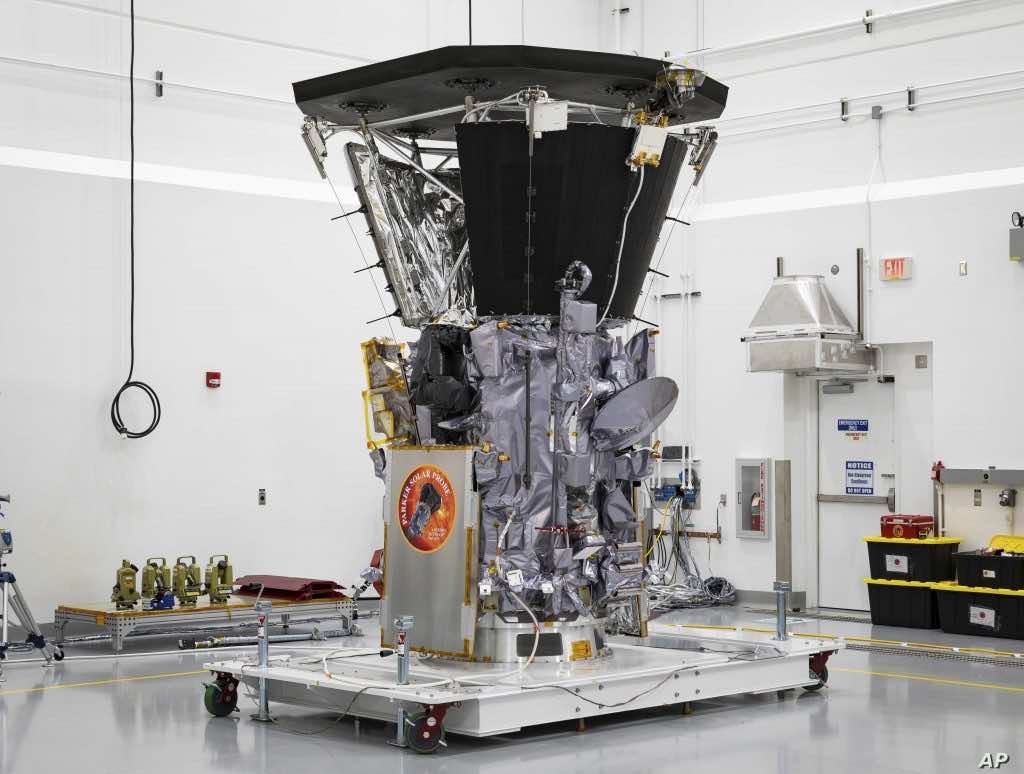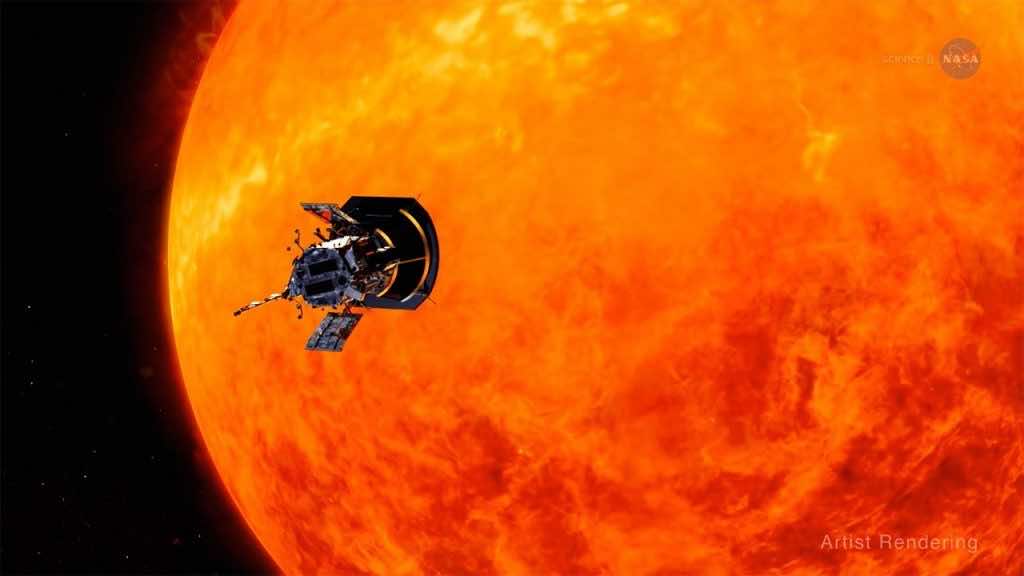If you can’t even stare directly at the sun for too long, imagine almost touching its hot outer atmosphere. You’d burn to ashes is the first guess that comes to mind. However, this NASA spacecraft came so near that it touched the hot blistering outer layer of the Sun. The spacecraft was NASA’s Parker Solar Probe.
Parker is NASA’s first-ever mission to come as close as possible to the sun. The goal is to construct a probe, the size of a small car, that would be able to directly travel through the Sun’s atmosphere. The probe first launched back in 2018 and has been flying closer and closer ever since.

Parker has made multiple passes close to the Sun, checking things out and limit testing on how close it could get. This latest pass was the closest one ever yet and gave NASA the opportunity to get a first-hand look at the Sun’s atmosphere. The probe uses the gravitational pull of Venus to help it travel closer to the Sun, kind of like a slingshot. The gravitational pull propels it at higher and higher speeds each time.
The solar probe uses Venus’s gravitational pull to increase its speed like a swing going faster every time you push it a little. Parker has used Venus to break several speed records. It set two records back in February. One for the fastest human-made object clocking at around 44,255 mph or 393,044 km/h and the other for the closest spacecraft to the sun with a distance of 11.6 million miles or 18.6 million kilometers.

Well, this was back in February, since then the small space probe has broken its own record by increasing its speed to 330,000 mph or 532,000 km/h and the distance to the sun decreased to 6.5 million miles or 10.4 million kilometers. 330,000 mph is an astronomical speed. For comparison, this speed could let someone lap around the whole Earth thirteen times in just under an hour.
NASA isn’t going to hold back while they’re ahead. They already have plans to help Parker break its own record once again. They plan to travel even closer to the Sun later this year with the help of Venus.
Let’s just hope the probe is well equipped to handle the Sun’s temperature, the more closer it gets to the gigantic ball of fire and magma.


